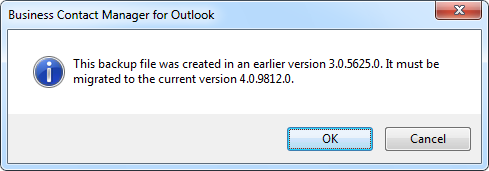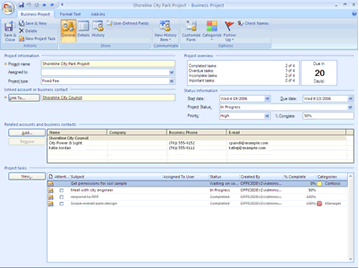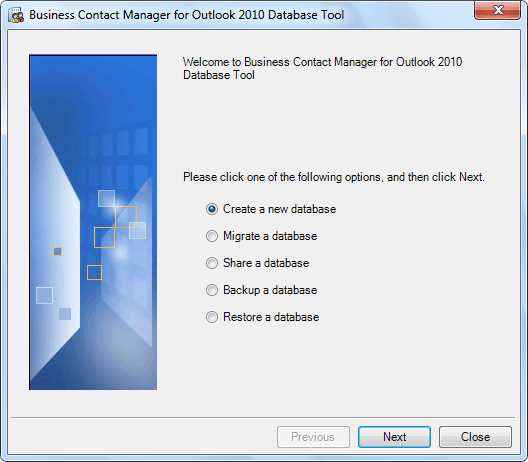

Tab View-> Change View-> Manage Views.-> New…

To define your own “Journal” view in the Tasks folder use.The view of the Tasks folder can be customized to make it look like the Journal folder (even the default Timeline view if you like that).Ĭustomized views also enables you to use only a single Tasks folder but with 2 different views to change the layout of the folder and filter the entries based on the categories. The Journal form is actually, aside from the Timer, quite basic. You could choose to prefix all these categories with something like “Journal – ” so they are all grouped together later.


While the first can simply be replaced by looking at the clock or a stopwatch application, the last can easily be replaced with a category. The Task form basically holds all the options (and more) that the Journal Entry form has as well, except for the Timer functionality and the “Entry type” field. Using Tasks as Journal Entries replacementĪs said, when your Journal needs are pretty basic, replacing them with Tasks might be the best way to go. There are 3rd party CRM solutions available as an Outlook add-in as well such as OpusFlow CRM for Outlook. Microsoft offers Business Contact Manager (BCM) for this but also an even more powerful “bigger brother” called Microsoft Dynamics CRM which is also available as a cloud-based solution called Microsoft Dynamics CRM Online. For instance, when you use the Journal to register interactions with your contacts other than email. You can set the time spent on a task when you switch to the Details tab.Ī Task entry can basically do everything a Journal entry can do and more!įor others, a proper CRM solution which ties in with Outlook might be the better way to go forward. What to replace the Journal with depends on how you currently use the Journal and what you want to track and report.įor some, an additional Task folder (to separate them from other tasks) will suffice as Journal items are often nothing more than completed tasks that you wish to register. If you are considering about starting to use the Journal Don't! Replacement depends on your usage If you are still depending on the Journal, now is a good time to start looking for replacement functionality. While the Journal is still there and functional in Outlook 2013, it has been pushed further into the background. Journal is indeed a deprecated feature in Outlook 2013 and its functionality was already trimmed down in Outlook 2010. I’m apparently one of the few that is currently still using the Journal. I heard that Microsoft is deprecating the Journal feature in Outlook 2013.


 0 kommentar(er)
0 kommentar(er)
